1.2 million teenagers die every year. Road traffic injuries, leading cause of death for adolescents
Every day, more than 3,000 teenagers die, largely from preventable causes. Traffic accidents, respiratory infections, suicide and sexually transmittable diseases are the leading causes of death and the international community is advocating for better healthcare services, more education and social support in order to protect our young.
A new report from the World Health Organization, analysing data from 2015, underlines the biggest causes of teen death and also points out that two-thirds of these deaths occurred in low- and middle-income countries in Africa (45%) and South-East Asia (26%).
Adolescents, aged 10 to 19, make up a sixth of the world’s population and account for 6% of the world’s global burden of disease and injury.
The World Health Organization is advocating for taking better care of our teenagers by providing quality health care, more social support and education.
The greatest resource of our future

Adolescence is the time when many of the behaviours that impact health later in life are formed. Habits like diet, physical activity, substance use and sexual activity, all stem out of what happens during adolescence.
Illnesses can hinder teenagers’ ability to grow and develop to their full potential.
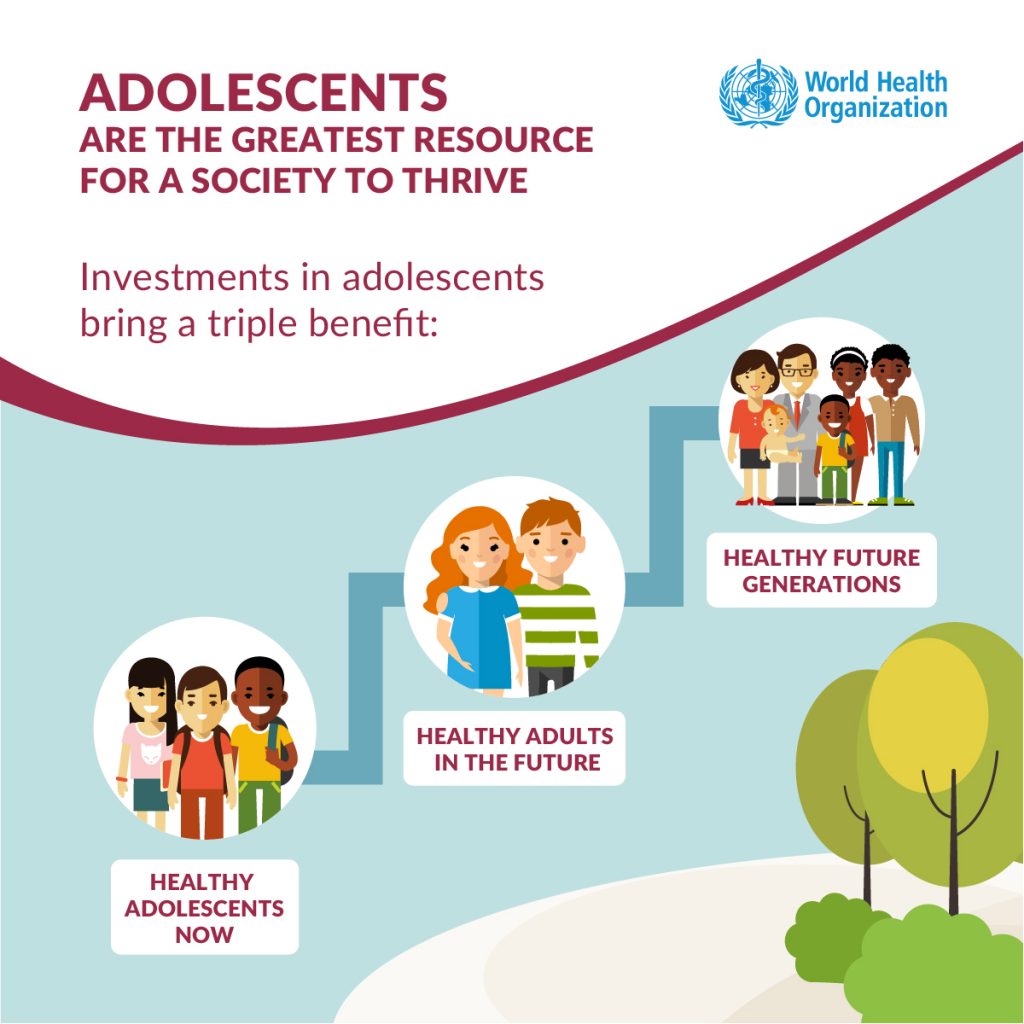
Alcohol or tobacco use, lack of physical activity, unprotected sex and/or exposure to violence can jeopardise not only their current health, but also their health as adults, and even the health of their future children.
And adolescence is also the time when half of all mental health disorders start and most of them go undiagnosed and untreated. The teenage years are also important because during this developmental stage children learn the tools and skills they need in order to cope with psychological problems and also to exercise self-control.
Promoting better healthcare, providing family, community and social support, together with a better education could all make the death toll go down and help teenagers develop into healthy and productive adults.
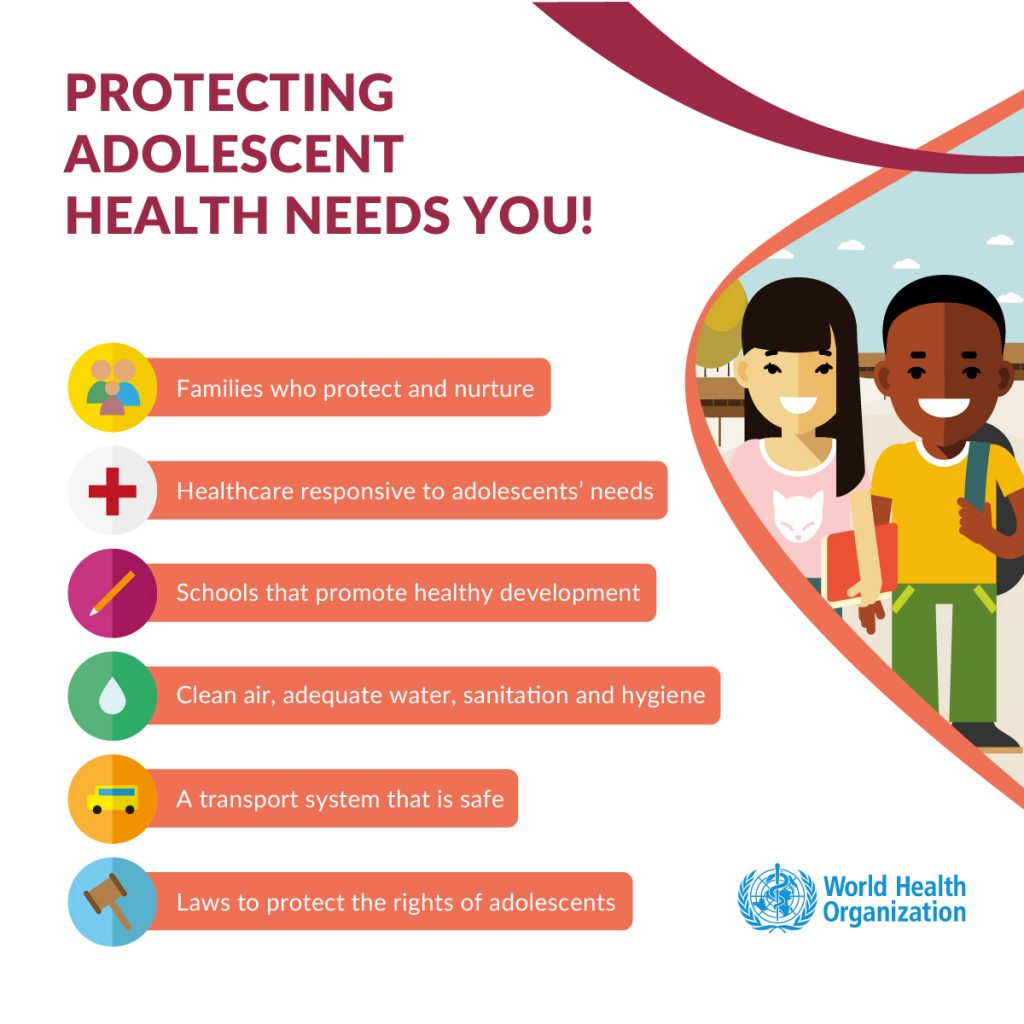
“Improving the way health systems serve adolescents is just one part of improving their health,” says Dr. Anthony Costello, Director of Maternal, Newborn, Child and Adolescent Health, WHO.”Parents, families, and communities are extremely important, as they have the greatest potential to positively influence adolescent behaviour and health.”
“Parents, families, and communities are extremely important, as they have the greatest potential to positively influence adolescent behaviour and health.”
Leading causes of death

Globally, the biggest cause of death when it comes to adolescents is road injuries. In 2015, around 115.000 adolescents died as result of road crashes and the risks are higher for boys than girls, those with ages 15 to 19 experiencing the greatest burden. Most young people killed in road crashes are vulnerable road users such as pedestrians, cyclists and motorcyclists.
Most young people killed in road crashes are vulnerable road users such as pedestrians, cyclists and motorcyclists.
Data coming from low and middle-income states from Africa show that communicable diseases such as HIV/AIDS, lower respiratory infections, meningitis, and diarrhoeal diseases are bigger causes of death among adolescents than road injuries.
Road traffic injuries are followed by lower respiratory diseases with 72.655 deaths being reported in 2015. These particularly have a high impact when it comes to girls. Many of them develop pneumonia, often as a result of indoor air pollution from cooking with dirty fuels.
Suicide and accidental death from self-harm were the third cause of adolescent mortality in 2015, resulting in an estimated 67 000 deaths. Self-harm largely occurs among older adolescents and it is the leading or second cause of adolescent death in Europe and South-East Asia.
Without access to proper nutrition, clean water and lacking adequate sanitation and hygiene, teenagers are highly affected by diarroheal diseases. Diarrhoeal disease is the second leading cause of death in children under five years old and the fourth cause of adolescent mortality.
Accidents like drowning have also caused some 57.125 deaths among adolescents during 2015.
A dark picture for girls

When it comes to girls, lower respiratory infections are the leading cause of death, followed by self-harm, especially among older teenage girls. Then there are the complications of early motherhood. The leading cause of death for 15 to 19-year-old girls globally is complications from pregnancy and childbirth.
Some 11% of all births worldwide are registered to girls aged 15–19 years are giving birth and in the absence of universal access to sexual and reproductive healthcare services, including family planning like contraception and abortion, teenage girls will continue to face high risks.
Pregnancy complications, such as haemorrhage, sepsis, obstructed labour, and complications from unsafe abortions paint a dark picture of what it means to be a teenage girl in most of the countries, even in developed nations.
And the situation is getting bleaker with reports of domestic violence and sexual abuse.
Globally, 1 in 10 girls under the age of 20 years reports experiencing sexual violence, according to the World Health Organization.
Boys, between the wheel and the violence
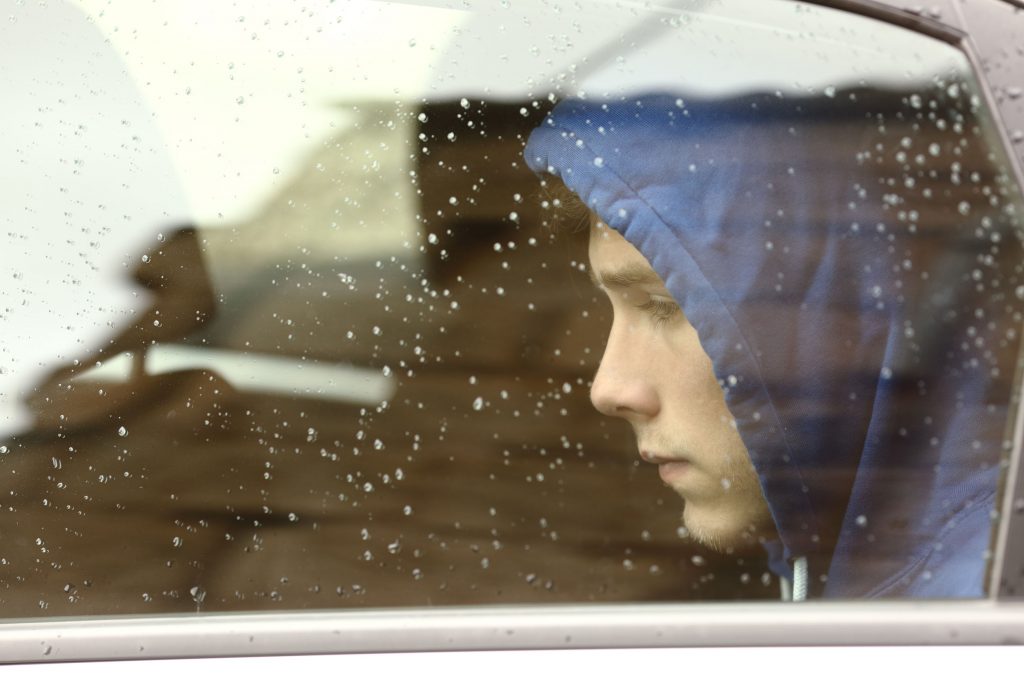
Road traffic injuries are the main death cause for teenage boys, followed by interpersonal violence, that made 42.277 victims in 2015. Promoting nurturing relationships between parents and children early in life, providing training in life skills, and reducing access to alcohol and firearms can help to prevent injuries and deaths due to violence.
Effective and empathetic care for adolescent survivors of violence and ongoing support can help deal with the physical and psychological consequences.
Interpersonal violence is followed by drowning, lower respiratory diseases and self-harm.
Further threats
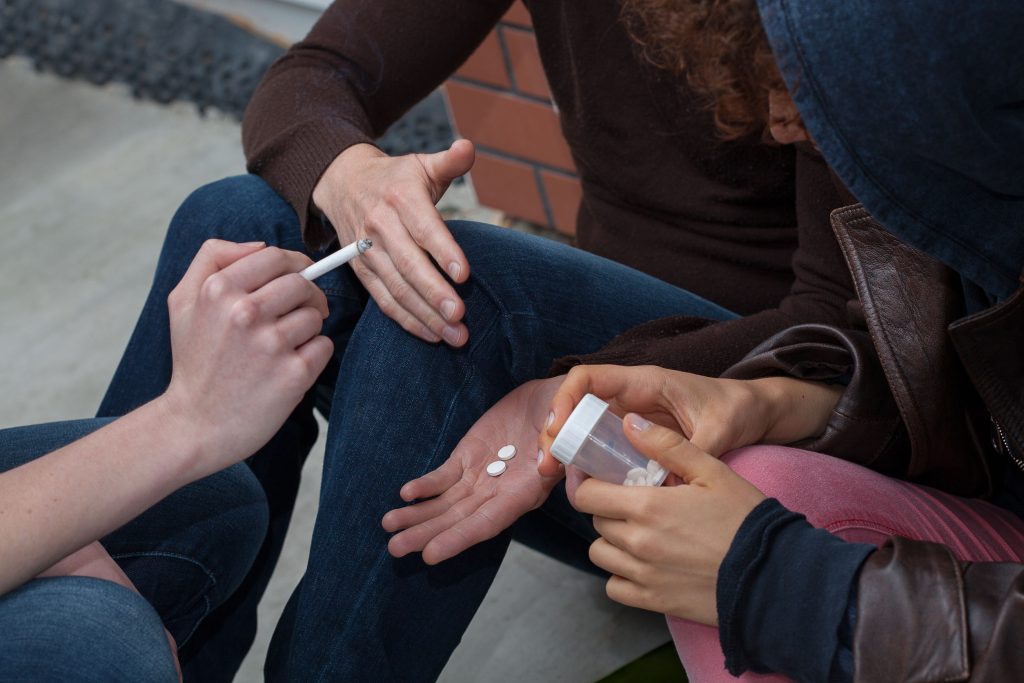
The list of dangers that adolescents have to overcome to reach adulthood goes on. More than 2 million teenagers are living with HIV and while the overall number of deaths caused by HIV has gone down in recent years, the WHO marked an increase of HIV deaths among adolescents.
This spike has been registered in Africa where reports suggest that more and more children with HIV receive the care they need and reach adolescence. But there is a continuing need for education and testing since the same reports show that in sub-Saharan Africa, only 10% of young men and 15% of young women aged 15 to 24 are aware of their HIV status.
Teenagers should be educated about the perils of HIV, how to best protect themselves against the disease and also they have to develop the skills and receive the care they need in order to live with the illness.
Alcohol and drug use is another danger that has to be addressed especially as it can lead to risk sexual behaviour and drunk driving.
Poor nutrition paved the way not only to diarroheal diseases but also to the number one cause of adolescent disability, which is iron deficiency anaemia. And while for some countries there is an ongoing need to provide aid in order to give children a better nutrition, developing countries are facing a problem of their own due to fatty meals and lack of exercise.
While for some countries there is an ongoing need to provide aid in order to give children a better nutrition, developing countries are facing a problem of their own due to fatty meals and lack of exercise.
Obesity among teenagers has become a worrisome phenomenon and experts are urging for steps in order to provide teenagers with a more appropriate diet and more physical activity. Fewer than 1 in every 4 adolescents meets the recommended guidelines for physical activity which is 60 minutes of moderate to vigorous physical activity daily.
Fewer than 1 in every 4 adolescents meets the recommended guidelines for physical activity which is 60 minutes of moderate to vigorous physical activity daily.
Action is needed, at all levels
The WHO report provides guidelines for what steps are necessary to be taken in order to protect and improve the lives of teenagers the world over. First of all, governments should have a clear picture of what are the particular threats to adolescents’ lives in their countries and they should also have in mind that girls and boys face different dangers and different age groups are facing different problems. Effective policies should be taken based on the clear picture provided by data.
Effective policies should be taken based on the clear picture provided by data.
To accelerate progress for adolescent health, countries should consider institutionalising national adolescent health programs and health care providers should keep in mind the teenagers’ need for privacy, not treat them condescendingly, make sure they understand the advice given, the outcomes and the risks of health procedures.
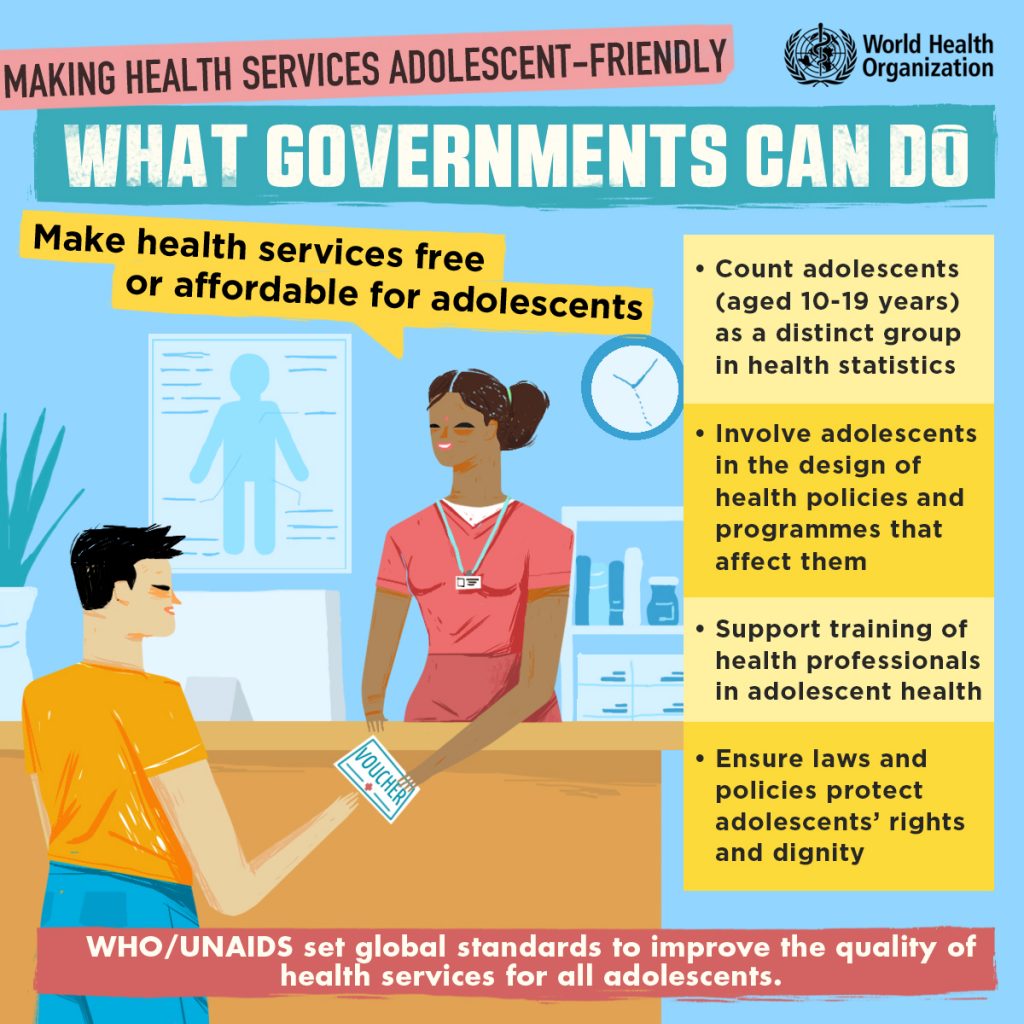
Communities should pull together and offer support for teenagers. On one hand, lower income countries need reliable humanitarian relief, especially when dealing with ongoing wars, violence or refugees.
On the other hand, developed nations should also pay attention to issues such discrimination, isolation and marginalisation of teenagers which can lead to substance abuse, violence, expose the youngster to sexual abuse or other risky behaviour, including self-harm.